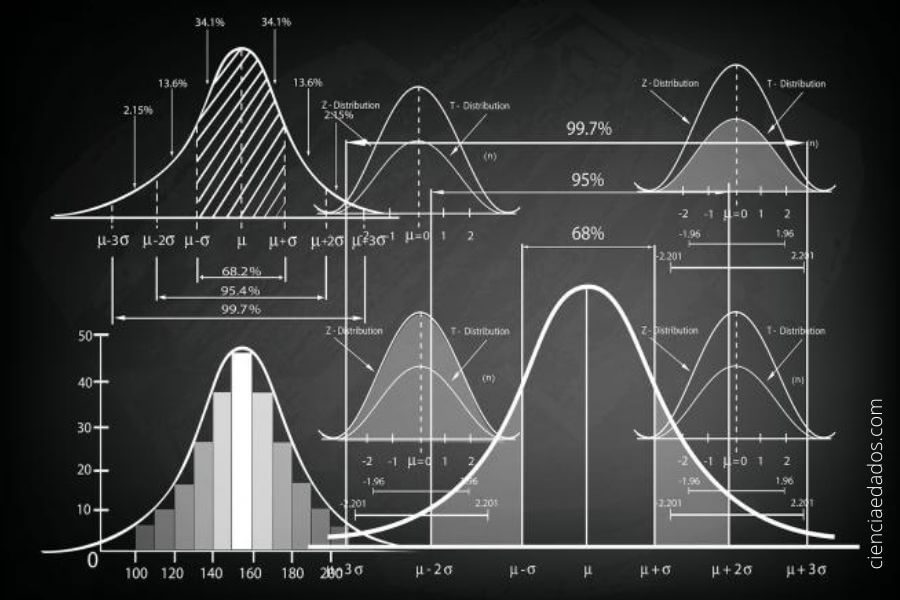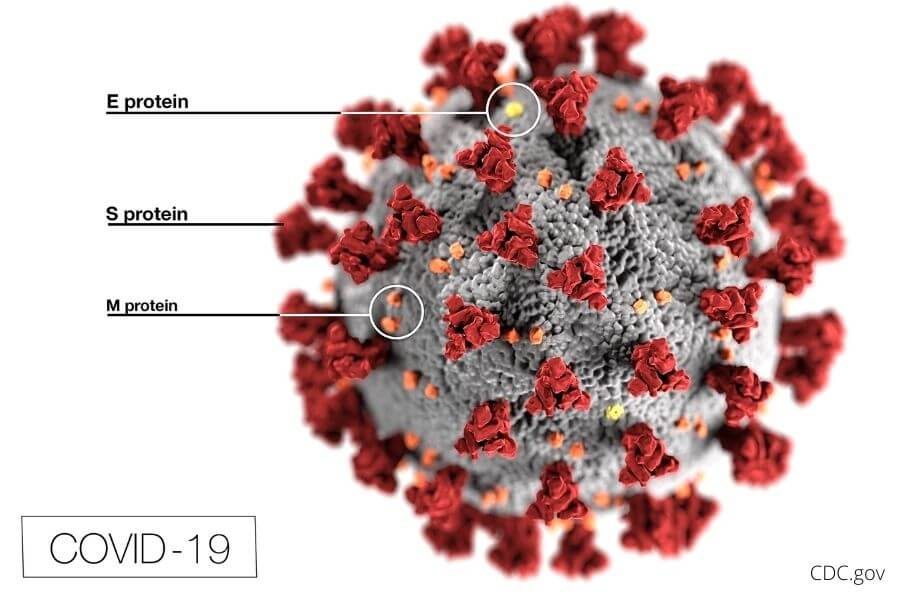Biostatistics is EASY!!
A biostatistics workbook that's CONCISE and in "plain English"!
The USMLE biostatistics workbook serves USMLE examinees, clinicians, epidemiologists, nurses, physicians, researchers, students, and other medical specialists. Unless you’re pursuing a degree in biostatistics at the university, high yield biostatistic concepts are fairly straight-forward.
Taking the USMLE Steps? We have you covered! Taking the NCLEX? Then we have you covered on that too! Need a refresher? The Workbook provides AMAZING break-down of the key concepts, what to look for, and how to address each topic!
Workbook content
The Workbook will cover over 50 topics in 19 chapters*, and is filled with many colorized graphs, colorized tables & other pics that take the reader through a problem step-by-step.
The Chapter-sections are laid-out like this:
⇒ Overview (TONs of important info in ONLY 1-2 pages)
⇒ Word problems (questions with thorough answers; questions with vignettes loaded with medical info. Read vignettes or go to question!)
⇒ Hang on the Wall: A one-page document of all the chapter-topic’s key concepts, in large font & generously highlighted. Hang it on the wall!!
⇒ Additional Information: ONLY quality on-line sources make this page, if any. No quality source, no content.
Details are below.

The workbook is LOADED with features…
EACH Chapter starts with a point-blank overview of what you need to know (what’s high yield and why).
In 1-to-2 pages, YOU get:
⇒ key concepts of the chapter’s topic/s, & ‘high yieldness’
⇒ keywords that flag which topic you are being tested on
⇒ the math is a break-down of the formula or what’s mathematically relevant. Cross learning is common here (stat’s are interconnected)
⇒ Author’s note a little more detail on a Chapter-topic; concept cross learning
These are the key tricks, tips & shortcuts that make high yield biostatistic topics easy to recognize, interpret & solve.
Many visual aids & word problems
Many visual aids & word problems
Virtually all topics are explained by richly colored graphs, tables & other pics. For example, the double hump is explained in four steps with the core concepts of the four steps is clear using…graphic & color/visual aids.
Each Chapter provides nine biostatistic problems with answers that thoroughly explain how to arrive at the answer. Answers re-enforce lessons learned in the overview, show how an examiner could “trip you up”, and cross learning (I’ll highlight similarities to a topic in another Chapter!). I want you to be fool-proof!

Many visual aids & word problems

Word problems that accommodates everyone
The Workbook has another design feature: each word problem starts with a vignette that’s loaded with key concepts of a specific disease. This is for USMLE examinees.
HOWEVER, word problems are written so you can choose to read the vignettes about diseases and then solve the biostat problem or, SKIP the vignettes and go straight to solving the problem.
So either read the amazing and concise tricks, tips & shortcuts exclusively or, work on the word-problems exclusively. It’s totally up to you. You’re the boss!!
Many visual aids & word problems
MORE features
Print & hang on your wall a one page doc of all the chapter-topic’s key concepts, in large font & colorized!! EACH chapter has this page; it’s a complete summary of THE key Chapter topic/s.
The last section provides “Additional information.” Commonly, this provides links to quality web sites that provide additional quality problems for you to solve. On-line calculators, concise discussions that explore a topic more deeply and/or, an additional explanation about the chapter-topic/s may be provided in this section, at the end of the Chapter.

Many visual aids & word problems

A book designed that accommodates everyone
People have different styles of learning. The and wanted more or less of all the features I described. So the Workbook is designed to accommodate everyone; I advise that you read, at least once, the key tips, keywords, a break-down of the math, and the steps I provide on how to solve each topic. But you don’t have to!!!
50 topics in these 19 chapters
Our Work Book
- Bell Curve
- Confidence Interval (Inferential Statistics)
- Hazard Ratio*
- Hypotheses / p-value / Type I & II Errors / Beta & Power (Inferential Statistics)
- Likelihood Ratio*
- Study designs and interrelated topics
- Odds Ratio (OR)
- Precision (Reliability/Reproducible) and Accuracy (Validity)
- Prevalence, Incidence, Sensitivity, Specificity, PPV, NPV & Accuracy
- Probabilities
- Relative Risk (RR), Attributable Risk (AR), Relative Risk Reduction (RRR), Absolute Risk Reduction (ARR)
- ROC Curve (Receiver Operating Characteristic Curve)*
- Sample size